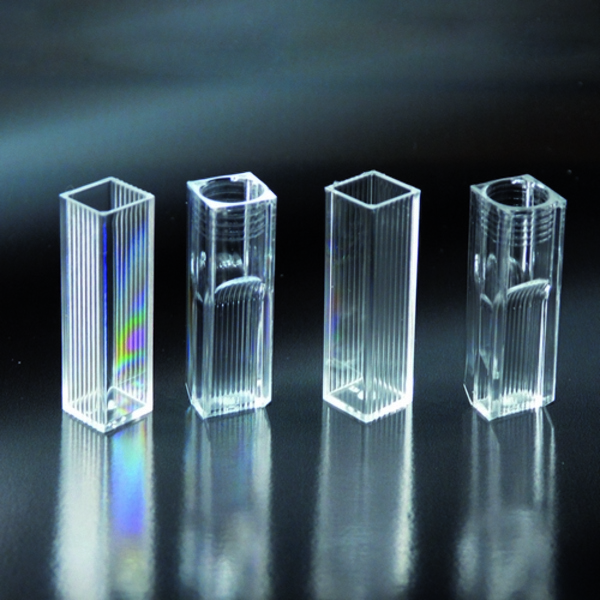There are a myriad of aspects you must consider when selecting the most appropriate laboratory equipment. Quartz cuvettes are a reliable, affordable option that is worth considering. Quartz cuvettes are the most common instrument used in a variety of labs. They feature four surfaces as well as two polished sides, which lets them conduct tests for a variety of spectroscopy. It is possible to boost your lab’s efficiency by incorporating different quartz cuvettes, with different lengths of paths, that can be used in UV/Vis or NIR system, which includes the rectangular microcubes that flows cells sizes and aperture geometries.
Quartz cuvettes are frequently employed in spectrophotometry since quartz has very low absorption within the ultraviolet (UV) part of the spectrum. Quartz is therefore ideal for studying UV-visible spectra. Quartz cuvettes are very thermally stable, which means they can be utilized in high-temperature measurements. Quartz cuvettes also possess excellent optical quality. This means that they are very sensitive to background noise and are suitable for measurement with high signal-to noise ratios. Although quartz cuvettes cost more than other types of cuvettes, they provide a variety of advantages that make them well worth the cost.

Durable
Quartz cuvettes are made of extremely durable and strong materials. They can withstand extreme wear and tear , while still functioning properly. Quartz cuvettes can be found in many industries, including those in the scientific, medical and industrial. Quartz cuvettes are utilized in labs due to their resistance to high pressures and temperatures. Quartz cuvettes also have a lower absorbance rate which means they won’t absorb UV light or other harmful radiations. Quartz cuvettes are ideal for a myriad of uses.
Chemically resistant
Quartz cuvettes play an essential role in scientific research. Quartz is chemically resistant and can stand up to high temperatures which makes it suitable for many different applications. In addition, quartz cuvettes are transparent, allowing researchers to clearly see the contents. Quartz cuvettes can be bought at a lower cost which makes them a preferred choice in many laboratories. However, they aren’t indestructible, and they can be damaged if dropped or hit with any hard object. Quartz cuvettes can be a useful tool for many scientists, and can be an integral component of any lab for research.
Smooth and transparent surface
Quartz cuvettes are clear vessels which can be used to keep samples for analysis by spectroscopy. Cuvettes made of quartz can be made from a fusion process, which produces an extremely transparent material that has an extremely high degree of chemical purity and an even surface. Quartz cuvettes are ideal for applications that require light transmission as well as high purity of the sample like fluorescence microscopy and UV-visible spectrumroscopy. Quartz cuvettes are also able to withstand extreme temperatures, making them ideal for use in high-temperature applications such as thermal analysis.
Non-porous
Quartz cuvettes that are non-porous work well for UV-Vis applications as they don’t absorb light at the wavelength needed to measure. This means that there is no requirement to conduct an initial measurement in order to account for light absorption. Likewise, the possibility of contamination is decreased. Quartz cuvettes can withstand temperatures and chemicals with ease, which makes them durable and easy to clean. As a result, quartz cuvettes are an ideal option for researchers who want to get accurate and reliable UV-Vis results.
Quartz cuvettes are very durable and last for a long time which means they can be used for a number of years with little need for replacement. Quartz cuvettes are a valuable tool for any spectroscopic research lab.
For more information, click quartz cuvettes